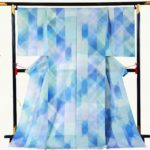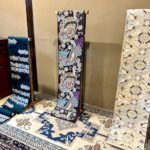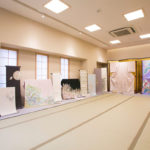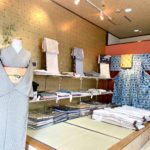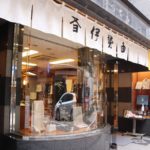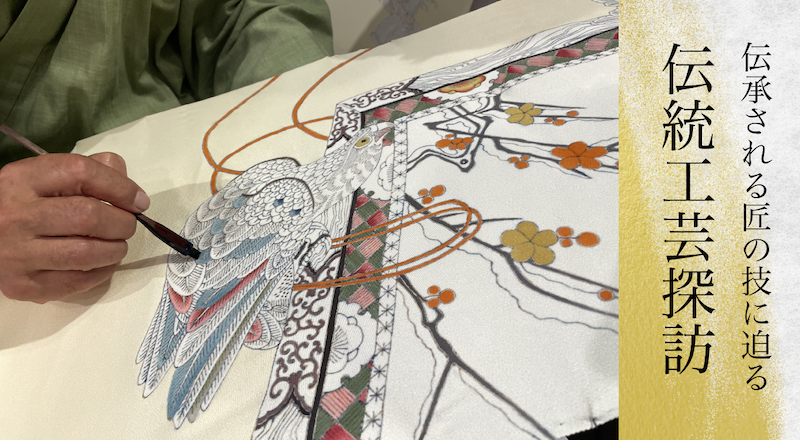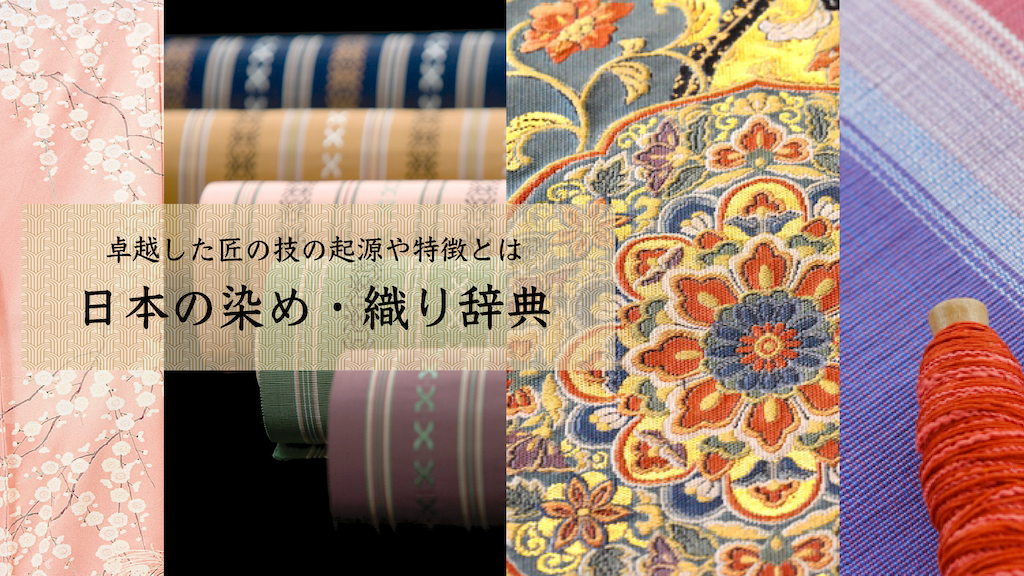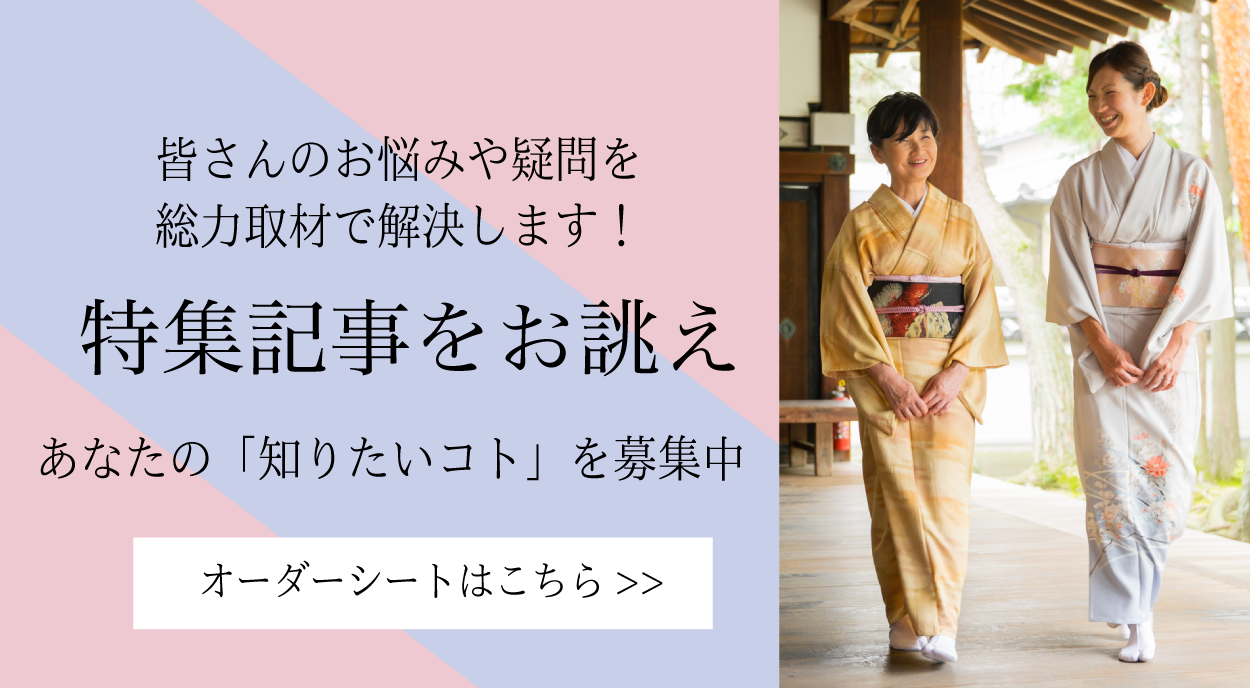注染ゆかた
Pronunciation: Chusen Yukata
Production area: Hamamatsu, Shizuoka Prefecture
Chusen Yukata refers to summer kimono (yukata) produced in Hamamatsu using the traditional Japanese dyeing method called chusen (pour-dyeing). This unique technique allows the fabric to be dyed evenly on both sides, while also creating beautiful gradation effects (bokashi) through the natural bleeding and blending of dyes. The result is richly expressive patterns with depth and elegance, combined with excellent breathability that makes the yukata ideal for summer wear. The origin of this craft can be traced back to around 1887, when tenugui hand towels began to be dyed in Hamamatsu. By the early Taisho period (1912–1926), this technique was applied to yukata dyeing, and Hamamatsu became a major production center. Today, however, the number of workshops has declined due to the aging of artisans and the lack of successors, making these yukata increasingly rare.

